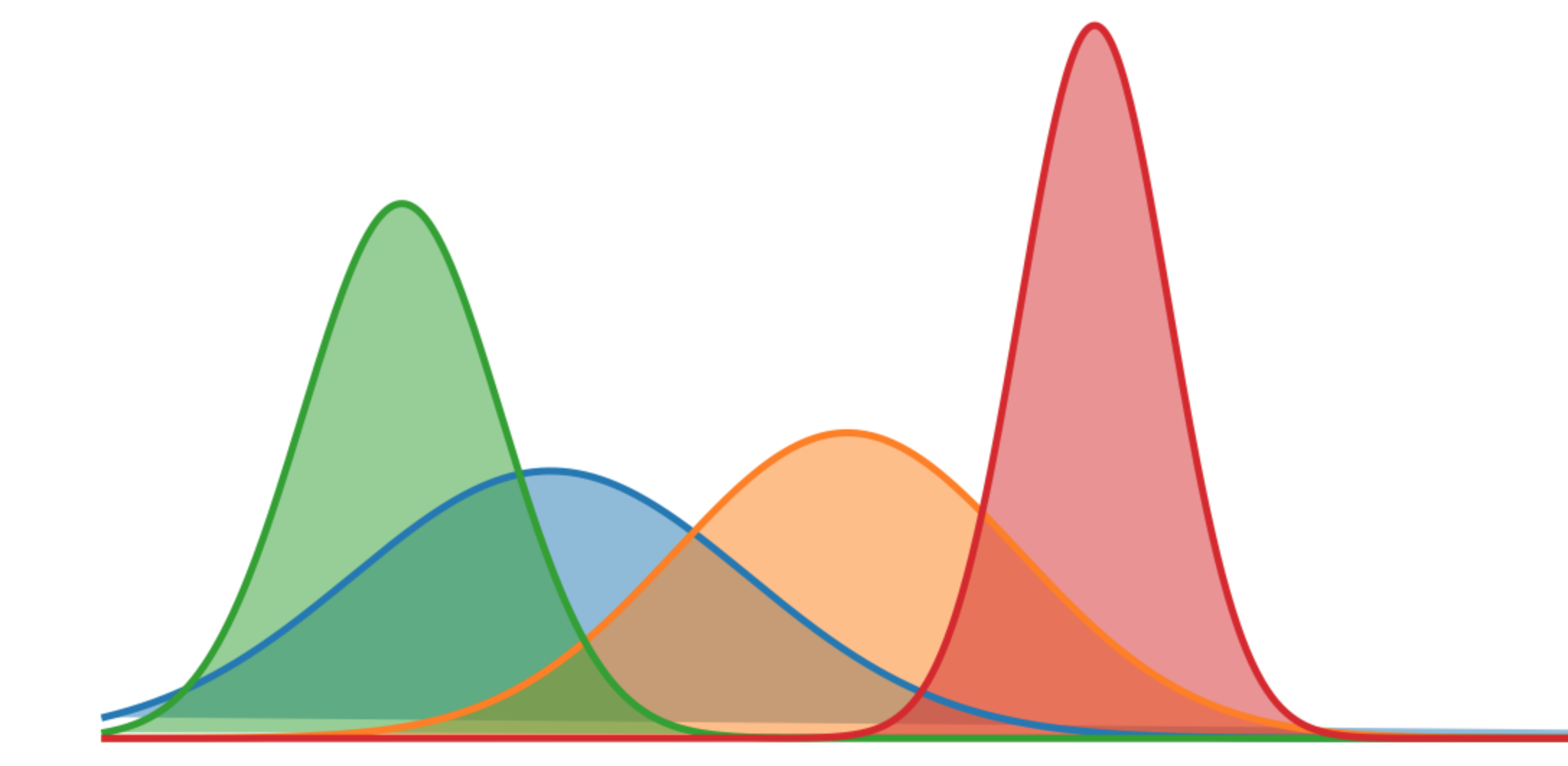Definition: Distributions
A distribution of a variable is a statistical function that describes the likelihood of all the possible values that the variable can hold within a specific range that’s bound between the minimum and maximum value.
The distribution of the variable is affected by a number of factors, such as:
-
Average (mean)
-
Standard Deviation
-
Skewness
Distributions can also be combined to create cumulative distribution functions (CDFs) that portray the likelihood of cumulative occurrences of different values of the variable.
Academics, economists, and financial analysts use distribution functions to evaluate possible expected returns (e.g., in stock). Investors use distributions to anticipate returns on stocks over time and hedge the risk.
Free Resources
Copyright ©2025 Educative, Inc. All rights reserved
